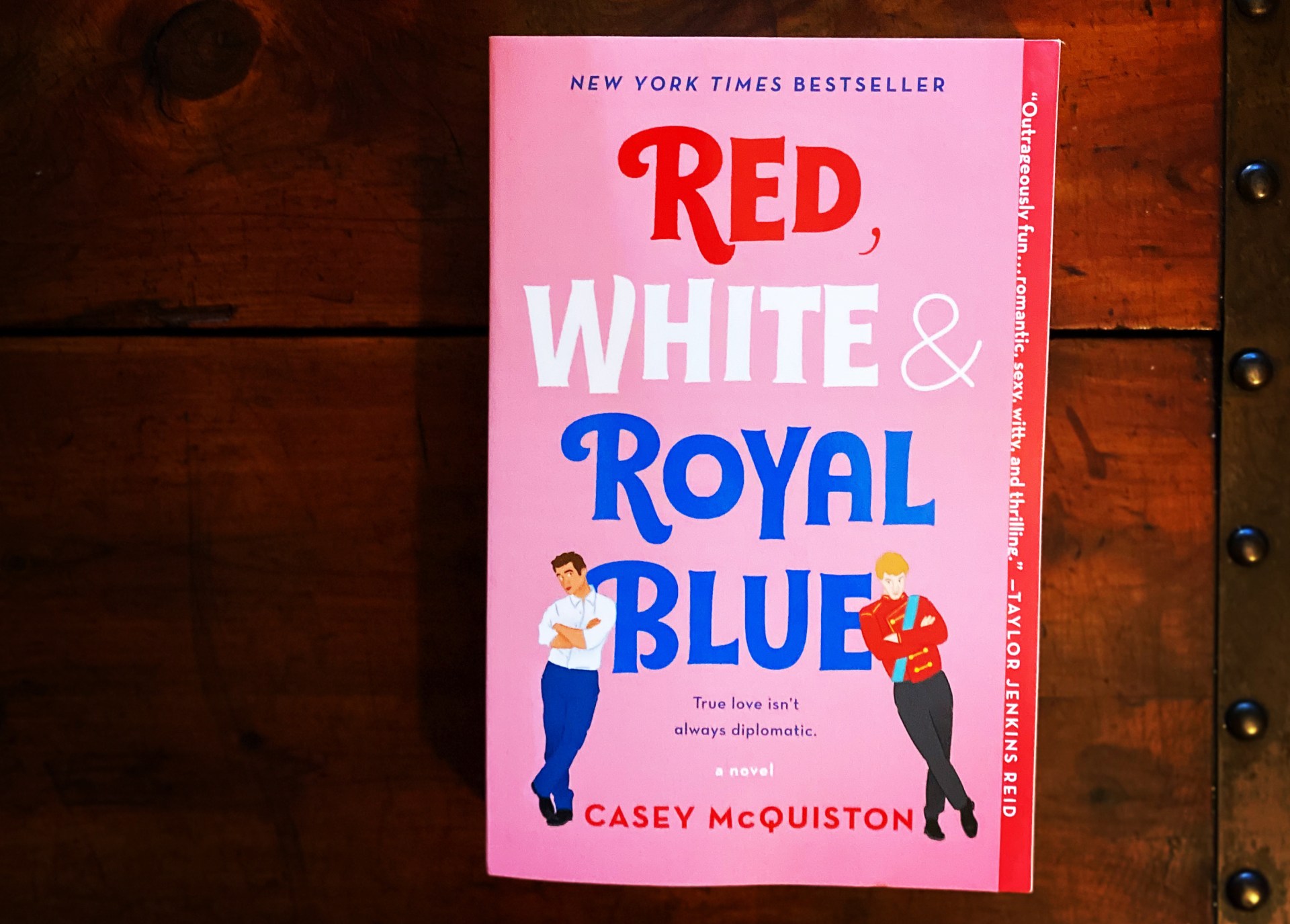In an era where contemporary romance often occupies a hefty perch in literary circles, the novel “Red, White & Royal Blue” by Casey McQuiston emerges as a vividly painted canvas, refreshing and invigorating the genre. This witty and immersive tale not only enchants readers but also subverts expectations, juxtaposing royal prerogative with the ebullience of American youth. At its heart, this narrative promises to shift our perspectives and challenge preconceived notions regarding love, duty, and identity—perhaps resonating more now than ever.
Set against the vibrant backdrop of a quintessentially American political landscape, the story unfurls in the lives of two protagonists: Alex Claremont-Diaz, the son of the first female president of the United States, and Prince Henry of Wales, the quintessential royal with a myriad of responsibilities. The engaging crux of the plot is ignited when an ill-timed altercation at a royal wedding stirs a media frenzy, compelling both young men to publicly feign a friendship for the sake of diplomacy.
This initial premise may seem straightforward, yet McQuiston deftly weaves a tapestry filled with emotional complexity and rich character development. Following Alex and Prince Henry from mere acquaintances to clandestine lovers is a journey rife with tension, wit, and an undeniable chemistry that leaps off the pages. However, what truly captivates is how the author embraces vulnerability as strength, allowing readers to explore the characters’ insecurities alongside their victories.
Alex embodies a thoroughly modern persona—a passionate activist who grapples with the weight of familial expectations and the constraints of societal norms. His complex relationship with his mother, the president, provides a resonant exploration of the politicization of personal lives. Throughout the narrative, Alex evolves from a young man burdened by circumstance to one who learns to navigate both the tumultuous tide of love and the public eye with newfound confidence.
Prince Henry, on the other hand, offers a juxtaposition as he exemplifies a life of privilege tempered by duty. Residing within royal constraints, Henry’s internal battles regarding his identity and the authenticity of his emotions create an engaging dynamic as he breaks from the mold of the archetypal prince. Readers will find themselves captivated by his journey toward self-acceptance, highlighting the notion that even the most seemingly impeccable lives are fraught with struggles and heartache. McQuiston artfully presents these characters as nuanced individuals rather than mere archetypes, resonating deeply with those who have felt trapped by expectations in their own lives.
Beyond romance, “Red, White & Royal Blue” serves as a commentary on the intricate interplay between public life and personal freedom. The author’s meticulous attention to detail allows readers to absorb the political subtexts, providing a rich fabric that enlivens the narrative. Themes of privilege, power dynamics, and the complexities of growing up under the watchful eye of the public sphere emerge, prompting readers to reflect on the significance of representation. Through Alex’s and Henry’s relationship, McQuiston champions the ideals of love that transcend borders and societal expectations, effectively piquing curiosity and inviting readers to ponder the broader implications of intersectional love in our contemporary world.
There is an undeniable charm woven into the prose that enhances the reader’s experience. McQuiston’s use of humor is not only refreshing but also masterfully disrupts moments of tension, making readers chuckle as they navigate emotional landscapes alongside the characters. The dialogue flows with a delightful cadence, capturing the essence of youthful banter while retaining depth and authenticity. Each moment, whether poignant or playful, serves to envelop readers within a world that feels achingly real—a dichotomy of consequence and carefree joy.
Moreover, the exploration of identity is further accentuated through secondary characters, who embody a spectrum of perspectives and experiences. From supportive best friends to realizations of personal biases and growth, the ensemble cast serves to enrich the narrative while grounding it in realism. These characters are not mere background figures; they contribute to the thematic fabric of acceptance, pushing Alex and Henry toward their inevitable liberation. The novel fosters an understanding of community and solidarity that resounds strongly, especially for those yearning for connection, acceptance, and realness.
As the plot unfolds and tensions mount, the stakes become palpably high, urging readers to reflect on the nature of love—be it idealized or flawed, it embraces an authenticity that feels not only important but necessary. McQuiston invites her audience to embrace the exuberance of love while acknowledging its complexities, inspiring them to approach their own narratives with tenderness and understanding.
In conclusion, “Red, White & Royal Blue” is a literary gemstone, brimming with passion, intrigue, and profound insights into identity and belonging. Its ability to merge romance with a compelling social commentary makes for a captivating read that is both enlightening and entertaining. Each page turns not just a chapter in a story, but also a pivotal moment in a journey towards deeper understanding—a promise to shift perspectives that is fulfilled with elegance. For those who crave a delightful escape entwined with rooted authenticity, this novel offers a sumptuous feast for the heart and mind alike. It beckons readers to linger, to ponder, and ultimately, to embrace the intricacies of love, individuality, and the unapologetic celebration of who we are.
